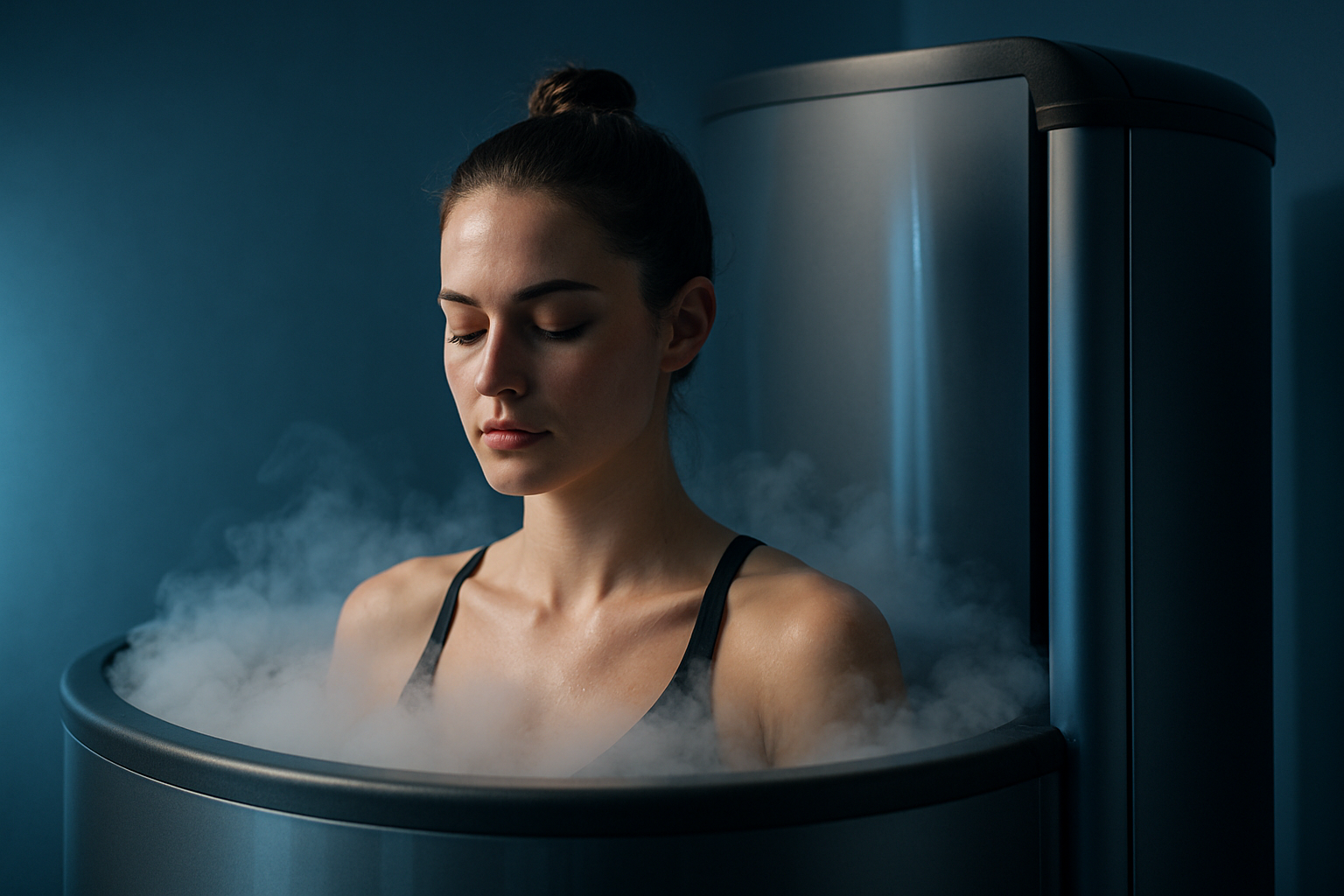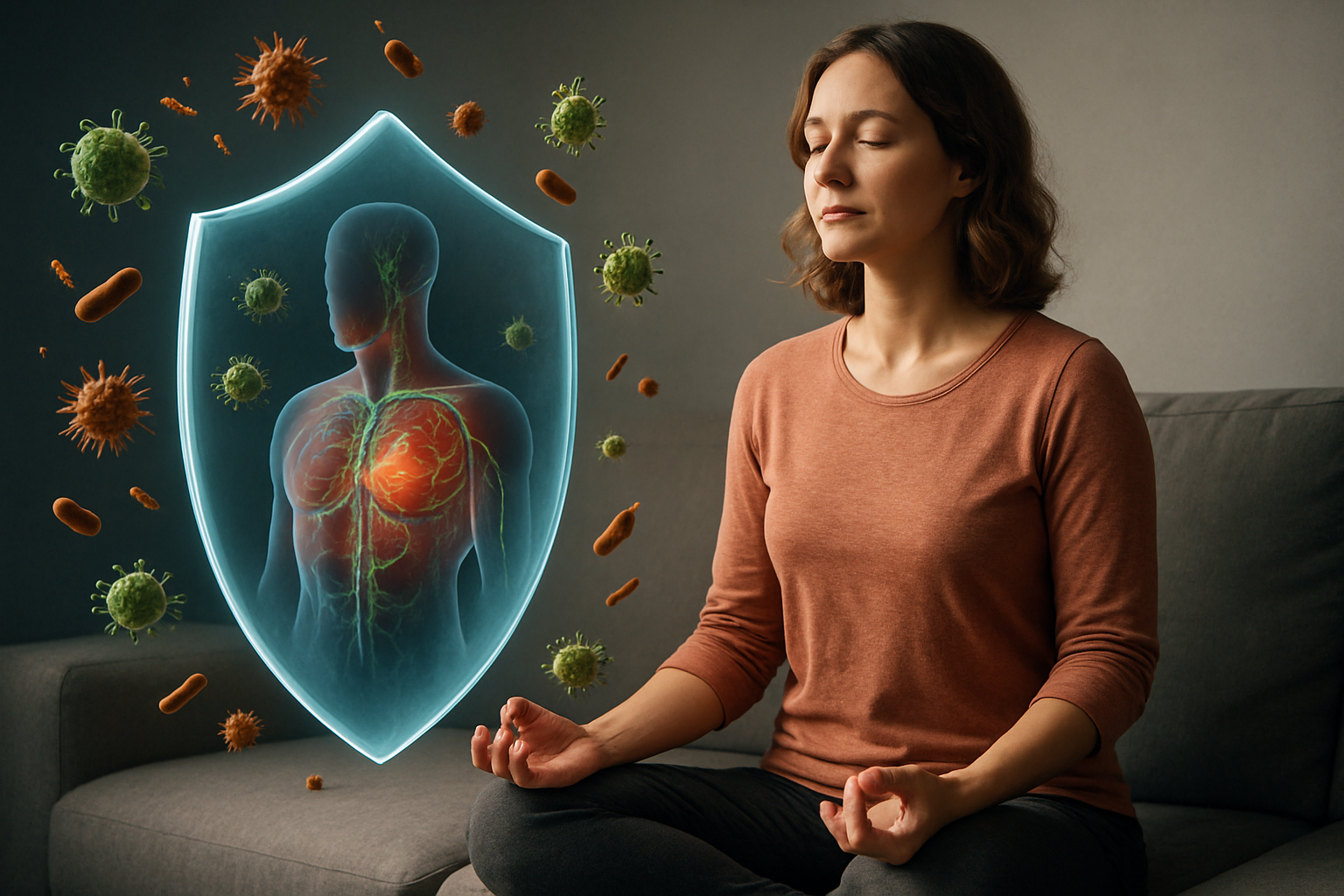Cryotherapy: The Cold Truth About Extreme Cooling
In a world obsessed with heat and warmth, a chilling trend has emerged in the beauty and fitness industry. Cryotherapy, the practice of exposing the body to extremely cold temperatures for short periods, has captured the attention of athletes, celebrities, and wellness enthusiasts alike. This icy treatment, once reserved for medical applications, has now found its way into spas, gyms, and even home devices. As the popularity of cryotherapy continues to surge, it's time to dive deep into the frosty world of extreme cooling and uncover the cold, hard facts behind this intriguing practice.

The concept behind cryotherapy is simple: expose the body to extremely low temperatures for a short duration to trigger a physiological response. This response is believed to stimulate healing, reduce inflammation, and provide various other health benefits. As the practice evolved, different methods of application emerged, from whole-body chambers to localized treatments using cold air or ice packs.
The Science of Extreme Cold
At the heart of cryotherapy’s alleged benefits lies the body’s natural response to extreme cold. When exposed to temperatures as low as -110°C (-166°F) for two to three minutes, the body enters a state of mild hypothermia. This triggers a cascade of physiological reactions, including vasoconstriction (narrowing of blood vessels) and the release of endorphins and anti-inflammatory molecules.
Research on cryotherapy’s effects has yielded mixed results. Some studies suggest potential benefits for muscle recovery, pain reduction, and mood enhancement. A 2018 review published in the International Journal of Sports Medicine found that WBC may improve muscle pain and recovery after exercise. However, the authors noted that more research is needed to establish long-term effects and optimal protocols.
Critics argue that many of cryotherapy’s claimed benefits lack substantial scientific backing. The U.S. Food and Drug Administration (FDA) has not cleared or approved WBC devices as safe or effective for medical treatment of any specific condition.
Cryotherapy in Beauty: Skin Deep or Revolutionary?
The beauty industry has embraced cryotherapy with open arms, touting its potential to improve skin appearance and combat signs of aging. Cryofacials, which involve applying cold air or ice to the face, have become increasingly popular in high-end spas and clinics.
Proponents claim that the extreme cold can tighten pores, boost collagen production, and improve circulation, resulting in a more youthful complexion. Some aestheticians use cryotherapy techniques to enhance the effects of other treatments, such as facials or chemical peels.
While anecdotal evidence suggests some benefits, scientific research on cryotherapy’s effects on skin health is limited. A 2018 study published in the Journal of Clinical and Aesthetic Dermatology found that localized cryotherapy may improve the appearance of cellulite, but more research is needed to confirm its efficacy for other skin concerns.
Fitness and Recovery: Chilling Out After a Workout
In the world of sports and fitness, cryotherapy has gained a reputation as a recovery tool for athletes and fitness enthusiasts. Many professional sports teams and Olympic training centers have incorporated cryotherapy chambers into their recovery protocols.
The theory behind using cryotherapy for recovery is that the extreme cold can reduce inflammation and muscle soreness, allowing athletes to bounce back faster between training sessions or competitions. Some studies have shown promising results in this area. A 2015 study published in the Scandinavian Journal of Medicine & Science in Sports found that WBC may enhance muscular recovery after exercise-induced muscle damage.
However, not all research supports these claims. A 2017 Cochrane Review concluded that there is insufficient evidence to determine whether WBC reduces muscle soreness or improves recovery times compared to passive rest or no intervention.
The Cryotherapy Experience: What to Expect
For those brave enough to try cryotherapy, the experience can be both exhilarating and intense. Whole-body cryotherapy sessions typically last between two and three minutes, with participants standing in a chamber that exposes their body (except for the head) to temperatures between -110°C and -140°C (-166°F to -220°F).
Protective gear, including gloves, socks, and shoes, is worn to prevent frostbite. Many users report feeling a rush of endorphins and increased energy following a session. Some describe the sensation as invigorating, while others find it uncomfortable or even painful.
Localized cryotherapy treatments, such as those used for facials or targeted muscle recovery, may involve the use of handheld devices that blow cold air onto specific areas of the body. These treatments are generally less intense than whole-body sessions and can last anywhere from a few minutes to half an hour.
Safety Concerns and Controversies
As with any emerging wellness trend, cryotherapy has faced its share of scrutiny and controversy. In 2015, the death of a spa worker in a cryotherapy chamber in Nevada raised serious safety concerns about the practice. The incident led to increased regulations and safety guidelines for cryotherapy facilities.
The FDA has warned consumers that WBC may pose health risks, including frostbite, burns, and eye injuries. The agency emphasizes that there is a lack of evidence about the safety or effectiveness of WBC as a medical treatment.
Critics also point out that many of the claimed benefits of cryotherapy can be achieved through more traditional and well-studied methods, such as ice baths or cold compresses. Some argue that the hype surrounding cryotherapy has outpaced the scientific evidence supporting its use.
In conclusion, cryotherapy represents a fascinating intersection of ancient cold therapy practices and modern technology. While its popularity continues to grow in the beauty and fitness industries, the scientific community remains divided on its efficacy and safety. As research progresses, we may gain a clearer understanding of cryotherapy’s true potential and limitations. Until then, those considering this frosty treatment should approach it with caution, consult healthcare professionals, and weigh the potential risks against the promised benefits. The cold truth about cryotherapy may still be waiting to be uncovered beneath layers of ice and enthusiasm.





